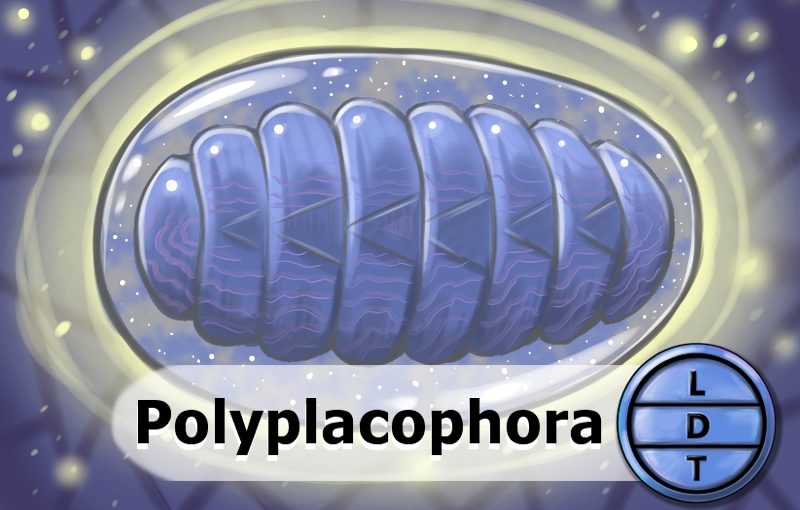“…and today were are talking about a little pair of wax lips that scoots around the ocean smooching submerged surfaces.”
Molluscs come in all shapes and sizes, but this little dumpling is an armored tank. With eight shell segments and a tongue covered in sharp teeth, the Chiton has a magnetic attraction to certain places along the ocean floor. But without eyes, it needs to have an extra layer of tricks in order to find the best feeding grounds. But, of course, we know that nature is metal here in Life Death and Taxonomy.
Description
Chitons are oval shaped, sea sucklers with eight plates along their backs. The plates are segmented which allows this little ocean pog to be flexible. Chiton comes in a variety of colors and patterns.
The orange hairy chiton is… orange and hairy. Around the plates, holding them together, is what is called a girdle. The girdle is a strong, flexible muscle that circles this oval orifice. It can also have ornamentations of mineralized aragonite. In the orange hairy chiton, the mouth and girdle area is covered in chiton, not other animals. Chiton as in the material bugs and many other invertebrates are made of, like bees.
Measure Up
Length – 50 mm (2 inches) – How many chiton go into the length of the longest Winchester Model 1897 barrel you could order in WW1? Hint: The Winchester Model 1897 (36 inches) came in a shorter trench model which had a heat shield, bayonet lug, and sling swivels. Answer: 18 chitons
Living depth – 20 m (65 feet) – How many chiton living depths go into the depth of the titanic? (12,500 feet) Hint: You can take a $60,000 two-week cruise to the spot of the Titanic and dive down in a tiny russian submersible. The trip down takes 2.5 hours. Answer: 192 depths
Fast Facts
Orange hairy chiton live in South African waters, but the entire phylum can be found throughout the world from cold water to the tropics. Most live in the subtidal zone, where reefs and all the best ocean stuff is. Some live in the intertidal zone, which is where the ocean is exposed to the open air. They never go below the photic zone, which is the the depth that’s exposed to sunlight. However, the avoid the sun and live under rocks during the day, and miss all the breaking news and new fads. They come out at night to feed. They exhibit homing behavior, which is what you do every time you go out to eat at long john silvers and then return home to regret it.
But chiton don’t have the sense you do, namely sight. Instead of eyes, they have modified ocelli, which are clusters of photo-receptors under an aragonite lens on their shells. Their primary sense comes from their subradular organ around their mouth. This helps them identify food sources and feel around, but it’s less like touch and more like smell or taste. So to find their homes, they literally taste the area, and memorize it’s topography.
They walk around on their singular muscle foot, with which they can stick to things pretty good. They are mostly herbivorous and the graze around for algae and other scummy treats. Some may be carnivores, especially if they come across a tasty barnacle. Very few species are predatory, but some are specially designed to catch prey. They will have large girdles with hoods they use to clamp onto small invertebrates, shrimp, and even small fish.

